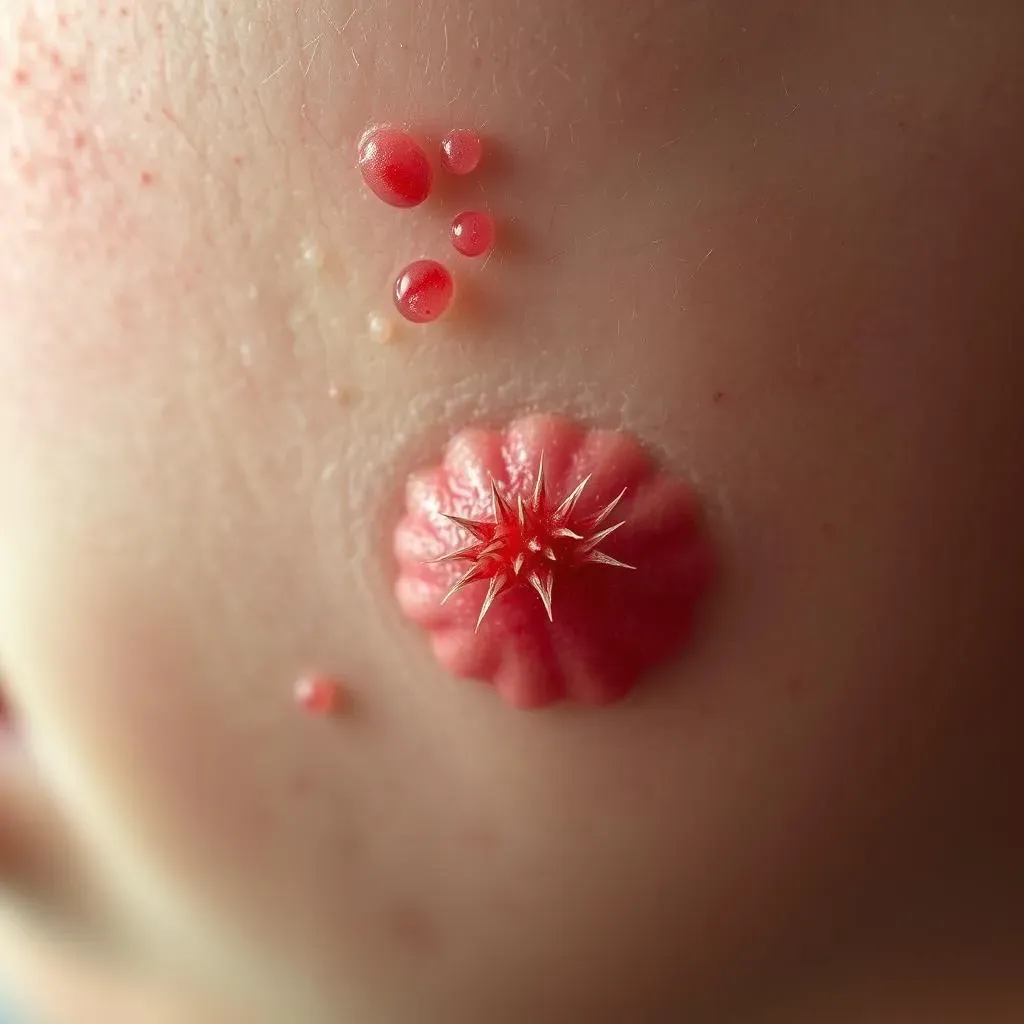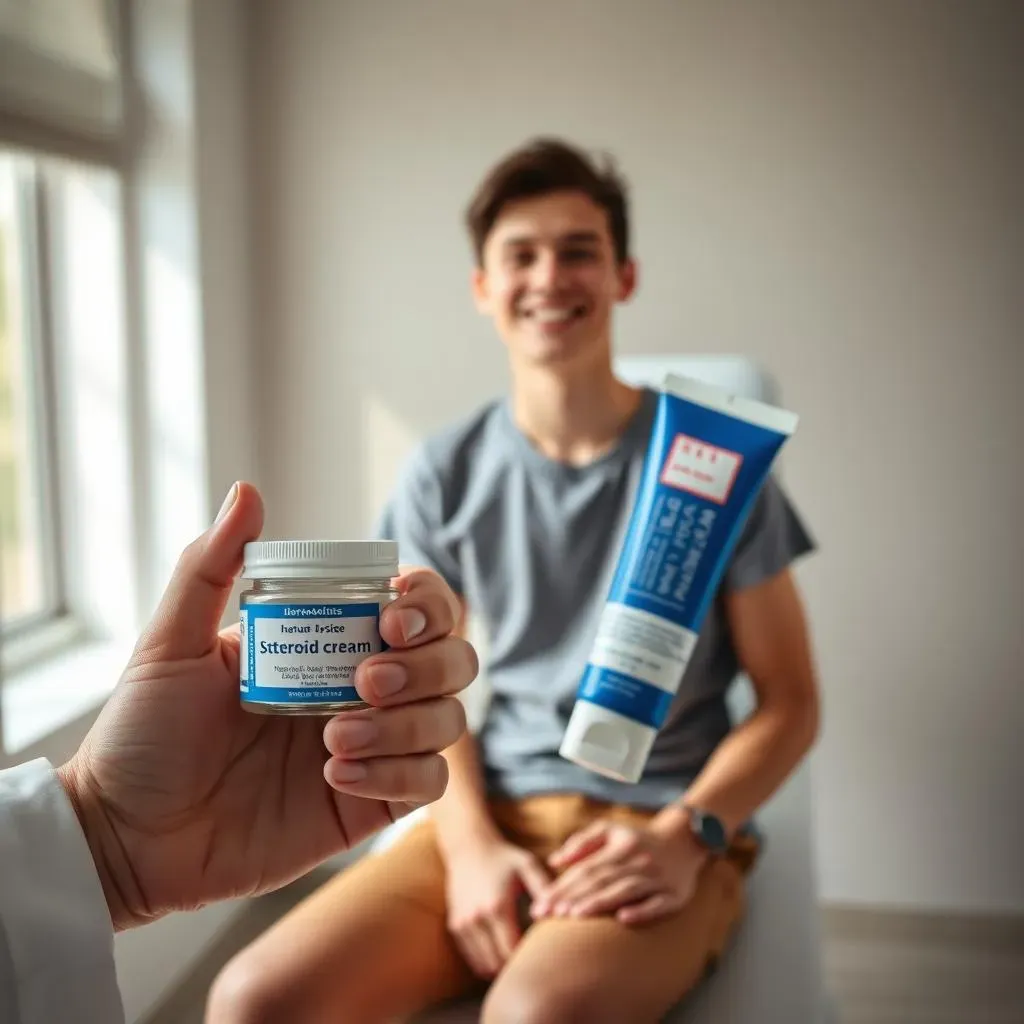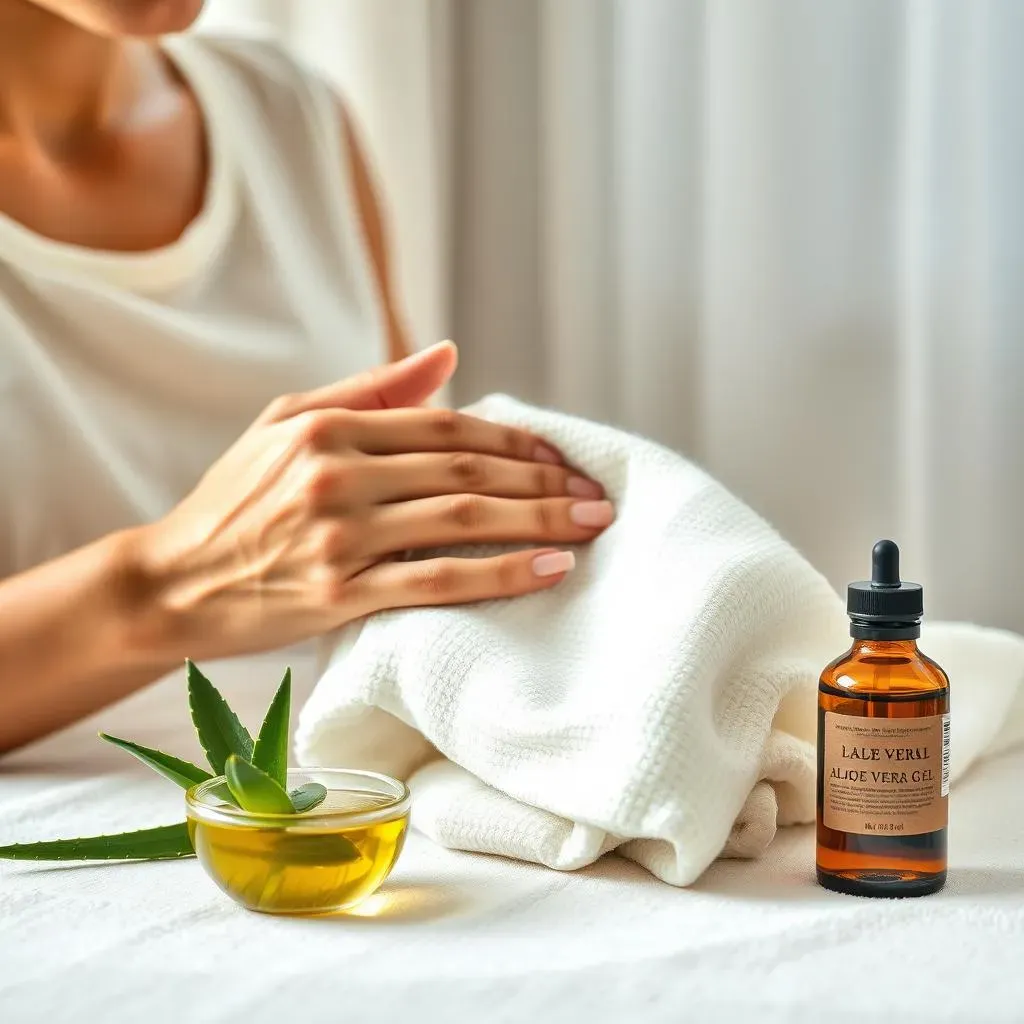Table of Contents
Are you tired of dealing with painful and unsightly stubborn ingrown hairs? Ingrown hairs occur when hair grows back into the skin, leading to bumps, redness, and discomfort. Removing stubborn ingrown hairs can be a challenge, but there are effective methods to help you get rid of them for good. In this article, we'll explore the causes and symptoms of ingrown hairs, discuss prevention techniques, and delve into medical treatments and home remedies for stubborn ingrown hair removal. Whether you're looking to prevent ingrown hairs or treat existing ones, we've got you covered. Our comprehensive guide will walk you through the best practices for stubborn ingrown hair removal, helping you achieve smooth, healthy-looking skin. From exfoliation and hair removal creams to laser treatment and professional help, we'll cover it all. So, let's dive in and discover the most effective methods for stubborn ingrown hair removal.
Understanding Stubborn Ingrown Hair: Causes and Symptoms

Understanding Stubborn Ingrown Hair: Causes and Symptoms
What are Ingrown Hairs?
Ingrown hairs occur when hair curls back into the skin instead of growing outwards, causing inflammation, redness, and bumps. This can happen anywhere on the body where hair is removed, but it's most common in areas like the bikini line, underarms, and neck. Ingrown hairs can be painful and may become infected if left untreated.
People with curly or coarse hair are more prone to ingrown hairs because their hair is more likely to bend and re-enter the skin. Tight clothing can also cause friction, which may force the hair to grow back into the skin.
Causes of Ingrown Hairs | Symptoms | Risk Factors |
|---|---|---|
Curly or coarse hair | Painful bumps or nodules | African American, Hispanic, or Asian descent |
Tight clothing | Redness and inflammation | People with thick or curly hair |
Symptoms of Ingrown Hairs
Ingrown hairs can manifest in different ways, depending on their severity. Mild cases may present as small, itchy bumps, while more severe cases can lead to painful, pus-filled cysts. If you notice any of the following symptoms, you may have an ingrown hair:
- Raised bumps or nodules
- Redness, swelling, or inflammation
- Pus or discharge
- Itching, burning, or stinging
- Pain when touching the affected area
It's essential to monitor your symptoms and seek medical attention if they worsen or don't improve with self-care.
Risk Factors for Ingrown Hairs
Certain individuals are more susceptible to ingrown hairs due to their hair type, skin, or lifestyle. Understanding these risk factors can help you take preventive measures:
For example, Emily, a 25-year-old with curly hair, noticed that she was getting ingrown hairs every time she shaved her bikini line. She switched to a hair removal cream and started exfoliating regularly, which significantly reduced her ingrown hairs.
Risk Factor | Description | Prevention Tips |
|---|---|---|
Curly or coarse hair | More likely to bend and re-enter the skin | Use sharp razors, shave in the direction of hair growth, and exfoliate |
Tight clothing | Causes friction, forcing hair back into the skin | Wear loose clothing, especially after hair removal |
Prevention Techniques for Stubborn Ingrown Hair Removal

Prevention Techniques for Stubborn Ingrown Hair Removal
Exfoliation and Hair Removal Methods
Exfoliating your skin is crucial in preventing ingrown hairs. By removing dead skin cells, you help ensure that hair grows out of the skin properly, reducing the risk of it curling back in. Consider using gentle scrubs or exfoliating gloves 1-2 times a week. For hair removal, opt for methods that reduce the risk of ingrown hairs. Depilatory creams can dissolve hair, making it easier to remove without shaving. If you do shave, use a sharp razor and shave in the direction of hair growth, avoiding tight strokes.
For example, Sarah, a 30-year-old, switched from shaving to using a depilatory cream. She noticed a significant reduction in ingrown hairs and smoother skin. Laser hair removal, offered by professionals like those at Hairawaybylaser.com, provides a long-term solution, reducing hair growth and the likelihood of ingrown hairs.
Exfoliation Methods | Frequency | Benefits |
|---|---|---|
Gentle scrubs | 1-2 times a week | Removes dead skin cells |
Exfoliating gloves | 1-2 times a week | Improves skin texture |
- Avoid shaving over the same spot multiple times
- Use a sharp razor to prevent pulling on the hair
- Apply a cool compress after shaving to reduce irritation
Clothing and Skin Care
Tight clothing can cause friction, leading to ingrown hairs. Wearing loose clothing, especially after hair removal, can help reduce this risk. Keeping your skin moisturized is also essential, as dry skin can increase the likelihood of ingrown hairs. Apply a moisturizer after hair removal and exfoliation to keep your skin hydrated.
Quote: "Moisturizing is key to preventing ingrown hairs. It keeps the skin hydrated and helps hair grow out smoothly." - Dermatologist
Clothing Tips | Skin Care Tips | Benefits |
|---|---|---|
Wear loose clothing | Apply moisturizer after hair removal | Reduces friction and irritation |
Avoid tight undergarments | Exfoliate regularly | Improves skin texture and reduces ingrown hairs |
- Avoid picking or scratching ingrown hairs
- Consider using an epilator for hair removal
- Keep the affected area clean to prevent infection
Medical Treatments for Stubborn Ingrown Hair Removal

Medical Treatments for Stubborn Ingrown Hair Removal
When ingrown hairs become severely inflamed, infected, or persistently problematic, medical treatments may be necessary. Consulting a dermatologist or general practitioner can provide access to various treatments designed to alleviate symptoms and prevent further complications. Medical treatments for stubborn ingrown hair removal include:
For example, John, a 28-year-old, had a severely infected ingrown hair on his neck. His doctor prescribed a course of antibiotics and applied a topical cream to reduce inflammation. After a week, the infection cleared, and the ingrown hair was removed.
Treatment | Description | Benefits |
|---|---|---|
Steroid creams | Reduce inflammation and swelling | Fast relief from symptoms |
Antibiotic creams | Treat bacterial infections | Prevents infection spread |
Retinoid creams | Prevents clogged pores | Promotes healthy skin cell turnover |
In severe cases where ingrown hairs are deeply embedded or infected, a doctor may need to remove the hair using a sterile needle or scalpel. This minor procedure is usually performed in a clinical setting and may require a follow-up appointment to ensure the area heals properly.
When to Seek Medical Attention
It's essential to know when to seek medical attention for ingrown hairs. If you experience any of the following, consult a doctor:
- Prolonged pain or discomfort
- Increasing redness, swelling, or inflammation
- Pus or discharge
- Fever or chills
- Ingrown hairs that don't improve with self-care
Early medical intervention can prevent complications and promote healthy skin. Don't hesitate to seek help if you're struggling with stubborn ingrown hairs.
Home Remedies for Stubborn Ingrown Hair Removal

Home Remedies for Stubborn Ingrown Hair Removal
Natural Remedies for Ingrown Hair Relief
Before seeking medical attention, you can try several home remedies to alleviate symptoms of ingrown hairs. Warm compresses can help draw out the ingrown hair and reduce swelling. Soak a clean cloth in warm water, apply it to the affected area for 10-15 minutes, and repeat several times a day.
Tea tree oil has antibacterial properties that can help prevent infection. Mix a few drops of tea tree oil with a carrier oil like coconut or olive oil and apply it to the affected area using a cotton swab. Aloe vera gel can also be applied topically to reduce inflammation and promote healing.
Remedy | Instructions | Benefits |
|---|---|---|
Warm compress | Apply for 10-15 minutes, 3-4 times a day | Draws out ingrown hair, reduces swelling |
Tea tree oil | Mix with carrier oil, apply with cotton swab | Prevents infection, promotes healing |
Aloe vera gel | Apply topically 2-3 times a day | Reduces inflammation, soothes skin |
For example, Rachel, a 29-year-old, used a warm compress and tea tree oil to treat an ingrown hair on her bikini line. She applied the compress twice a day and used tea tree oil at night, noticing significant improvement within a week.
Exfoliation and Hair Removal at Home
In addition to natural remedies, exfoliation and proper hair removal techniques can help prevent ingrown hairs. Exfoliating with a gentle scrub or exfoliating gloves removes dead skin cells, allowing hair to grow out smoothly. When removing hair, consider using depilatory creams or waxing instead of shaving, as these methods reduce the risk of ingrown hairs.
- Exfoliate 1-2 times a week
- Use depilatory creams for hair removal
- Wax every 4-6 weeks
- Shave in the direction of hair growth
By combining these home remedies with good skincare habits, you can effectively manage and prevent stubborn ingrown hairs. Remember to be patient, as it may take some time to see results.
When to Seek Professional Help for Stubborn Ingrown Hair Removal

When to Seek Professional Help for Stubborn Ingrown Hair Removal
While many ingrown hairs can be treated at home, some cases may require professional help. If you're experiencing persistent pain, inflammation, or infection, it's essential to consult a dermatologist or general practitioner for proper diagnosis and treatment. They can provide guidance on the best course of action and help you avoid further complications.
For instance, Michael, a 32-year-old, had an ingrown hair on his chin that became severely infected. He visited his doctor, who prescribed antibiotics and drained the infection. After a week of treatment, the ingrown hair healed, and Michael was able to prevent future occurrences by adopting proper skincare habits.
Professional Hair Removal Methods
For those who experience frequent ingrown hairs, professional hair removal methods can provide a long-term solution. Laser hair removal, offered by professionals like those at Hairawaybylaser.com, uses a laser to target and reduce hair growth, minimizing the risk of ingrown hairs. This method is particularly effective for individuals with coarse or curly hair.
For example, Sophia, a 27-year-old with curly hair, underwent laser hair removal on her bikini line. After several sessions, she noticed a significant reduction in ingrown hairs and regrowth, achieving smoother skin with minimal maintenance.
- Laser hair removal for long-term reduction
- Electrolysis for permanent hair removal
- Professional waxing for smoother skin
Remember, while home remedies and prevention techniques are effective, there are times when professional help is necessary. Don't hesitate to seek medical attention if your ingrown hairs persist or worsen over time.
Conclusion: Achieving Smooth Skin with Effective Stubborn Ingrown Hair Removal
Stubborn ingrown hairs can be a frustrating and painful problem, but with the right techniques and treatments, you can achieve smooth, healthy-looking skin. By understanding the causes and symptoms of ingrown hairs, preventing them through proper hair removal and exfoliation, and using medical treatments or home remedies when necessary, you can say goodbye to those pesky bumps and hello to radiant skin. Remember, prevention is key, but when ingrown hairs do occur, don't hesitate to seek professional help if they become severely inflamed or infected. With the tips and methods outlined in this guide, you'll be well on your way to mastering stubborn ingrown hair removal and enjoying the confidence that comes with clear, beautiful skin. Whether you choose laser treatment from a reputable provider like hairawaybylaser.com or opt for DIY methods, the most important thing is to take control of your skin health and find the approach that works best for you.
